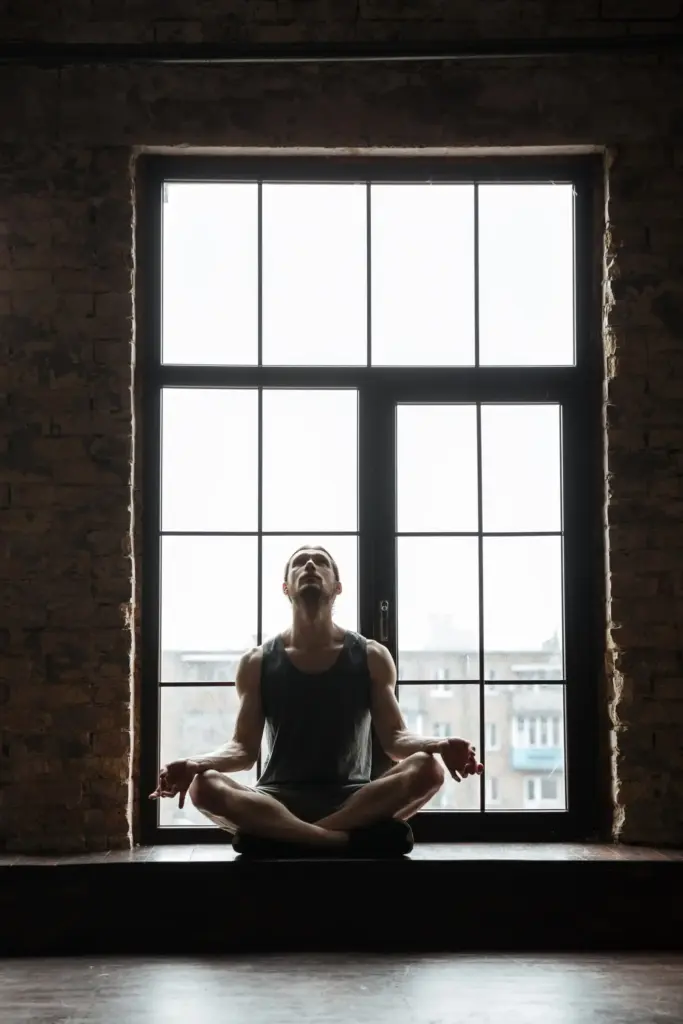Breath Meets Belief: Clinical Paths to Lasting Change




Why This Integration Elevates Outcomes
Starting the First Session Gracefully
Micro-practices That Fit Medical Timeframes
Language That Builds Safety
Goal Setting Without Losing Presence
Techniques That Work Side by Side

Cultural, Ethical, and Access Considerations
Measuring Progress without Losing Humanity
Stories from the Clinic and Practical Resources
A Nurse’s Burnout Turnaround
After months of night shifts, a nurse felt constant dread before rounds. We paired a sixty-second grounding with a quick belief check—“If I pause, I’ll fall behind.” A week of experiments showed the opposite: tiny pauses saved time by preventing spirals. She reported calmer handoffs, fewer charting errors, and better sleep. The takeaway was simple and transferable: presence first, then plan. Small mindful moments supported sharper cognitive choices, and both together restored confidence during relentless workloads.
Chronic Pain Group Breakthrough
Participants practiced mindful pacing, then tested predictions about activity flare-ups with graded exposure. One member feared any walk would spike pain beyond control. They started with hallway lengths, labeling sensations without catastrophe. Data showed manageable increases followed by return to baseline. Hope returned, along with neighborhood strolls. The group celebrated measurable function gains, not just lower pain scores. Blending curious attention with structured experiments transformed fear into informed choice, reshaping daily life gently and sustainably.
All Rights Reserved.